
Essential PPE in the Food Industry: What You Need to Know
Overwhelmed by PPE options for food safety? Master your PPE selection for food workers safety with these practical tips.
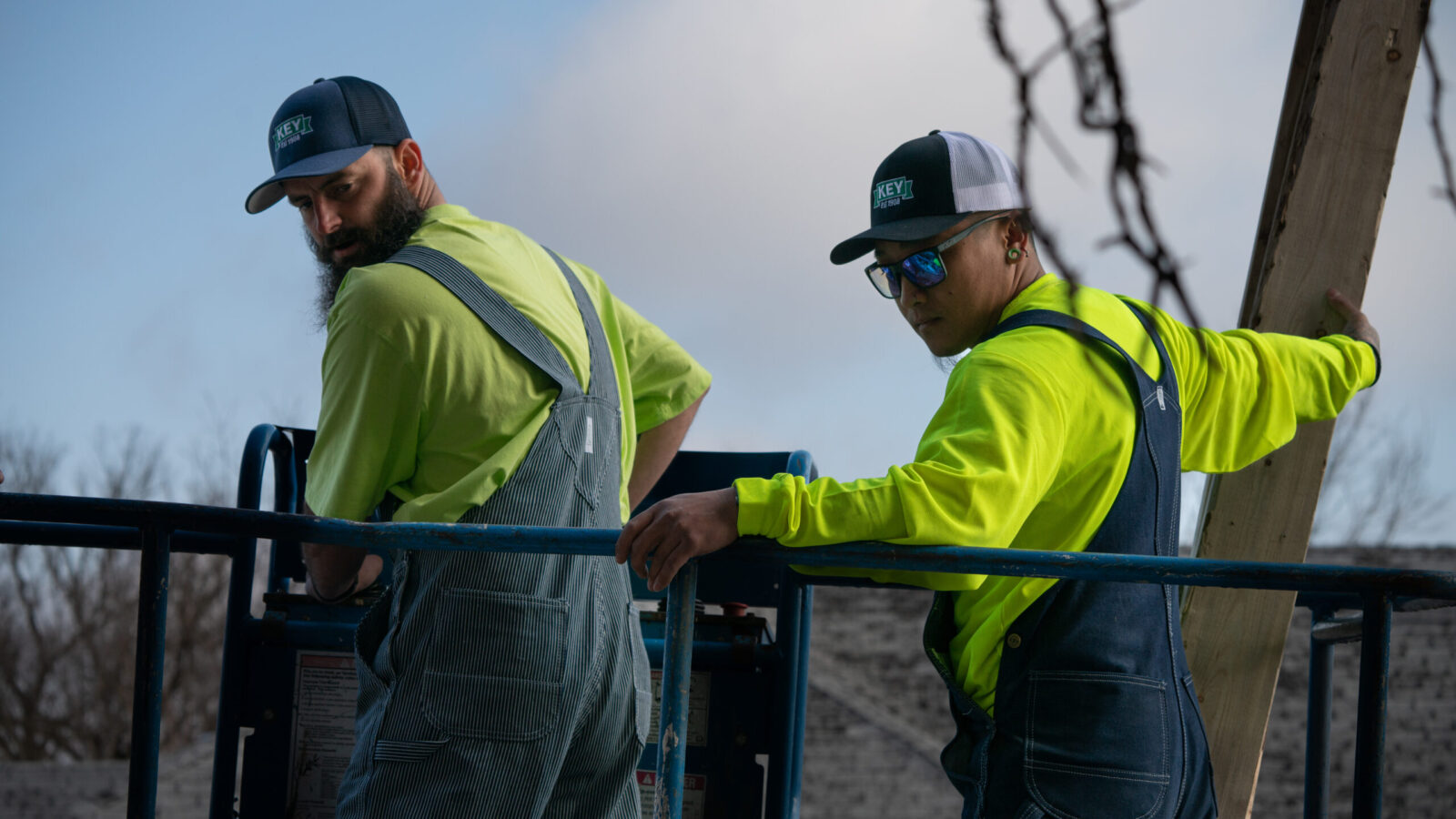
Get 20€ off on your first order!
Choosing the right workwear is a challenge many face, especially when deciding between coveralls and bib overalls. The two options serve different purposes and are tailored to specific needs, such as protection, comfort, and mobility. This article will not only help you understand their differences but also guide you toward making an informed choice for your work requirements.
We bring extensive expertise to the table, ensuring all your questions are answered. And as you explore these distinctions, we also provide solutions for what comes next: selecting the best materials, accessories, and safety standards for your workwear.
For an even deeper dive into protective clothing, don’t miss our main article on Bib Overalls: Selecting the Right Protective Clothing.
Both coveralls and bib overalls are designed for durability and protection, but their structure and purpose differ.
Coveralls are one-piece garments that provide full-body coverage, including the arms and legs.
In contrast, bib overalls are two-piece garments featuring adjustable shoulder straps and an open upper body, making them more breathable and versatile.
| Feature | Coveralls | Bib Overalls |
| Coverage | Full body, including arms | Lower body, chest, open upper body |
| Flexibility | Limited, less breathable | High, with adjustable straps |
| Best For | Environments needing full protection | Jobs needing mobility and comfort |
Coveralls are perfect for tasks that demand comprehensive coverage, like painting, maintenance, or working in dynamic industrial settings. They are designed to protect against dirt, debris, and even chemical splashes, depending on the material.
For advice on selecting coveralls, visit our detailed coveralls buying guide.
Bib overalls, sometimes referred to as dungarees, are designed for comfort and flexibility. They allow for better air circulation and ease of movement, making them ideal for light-duty tasks like farming, carpentry, or outdoor work.
Explore a variety of bib overalls in our product category to find the perfect fit for your needs.
Choosing between coveralls and bib overalls often comes down to the specific demands of your job. Here’s a breakdown of when to choose each:
| Situation | Best Option | Why |
| Working in dynamic or challenging environments | Coveralls | Provides complete coverage to ensure cleanliness and confidence during demanding tasks. |
| Hot weather or active jobs | Bib Overalls | Better airflow and range of motion |
| Work involving electrical or high-heat exposure. | Specialised Coveralls | Engineered to provide dependable safety for specialized work environments. |
For further details on arc flash coveralls, visit this guide.
In Europe, EN ISO 13688 sets the general requirements for protective clothing, ensuring durability, comfort, and safety.
For specialized material environments, look for clothing compliant with EN ISO 11612 or EN ISO 11611 standards. Look for CE markings to ensure your workwear meets trusted European standards for reliability and quality.
Learn more about EN Standards from this guide in Wikipedia.

Consider these factors when deciding between coveralls and bib overalls:
If you’re still uncertain, explore our Bib Overalls Buying Guide for further insights.
Looking for other protective clothing? Check out these related options:
For a comprehensive comparison of materials, explore our sibling article, Top Materials for Bib Overalls: Pros and Cons of Denim, Canvas, and More.
We hope this guide has been invaluable in helping you navigate the key differences between coveralls and bib overalls, empowering you to choose the best option for your unique work requirements.
Whether you’re seeking full-body protection or enhanced mobility and comfort, we’ve got you covered with expert advice and a curated range of products.
Explore our extensive selection of Bib Overalls and related workwear categories at Droppe’s Workwear Collection.
Have additional questions or need guidance on related gear? Reach out to us—we’re always here to help you find the perfect solution for your needs.
Yes, bib overalls are designed to be worn over regular clothing. They provide an extra layer of protection while allowing for flexibility and comfort, making them ideal for various outdoor and light-duty tasks.
Some coveralls are designed with ventilation features, such as mesh panels or breathable materials, to improve airflow in hot conditions. Look for lightweight, breathable fabric options if you’re working in warmer climates.
While bib overalls don’t inherently include knee protection, many designs have reinforced knees or pockets for inserting knee pads, making them suitable for tasks involving frequent kneeling.
Yes, both coveralls and bib overalls are available in waterproof versions. These are typically made from coated fabrics like PVC or polyurethane and are ideal for wet or damp work environments.
Sizing can vary by brand, but it’s essential to measure your chest, waist, and inseam accurately. For coveralls, ensure enough room for movement and layering, while for bib overalls, consider adjustable straps to fine-tune the fit. Check the manufacturer’s sizing guide for the best fit.
Thank you! You've signed up for our newsletter.
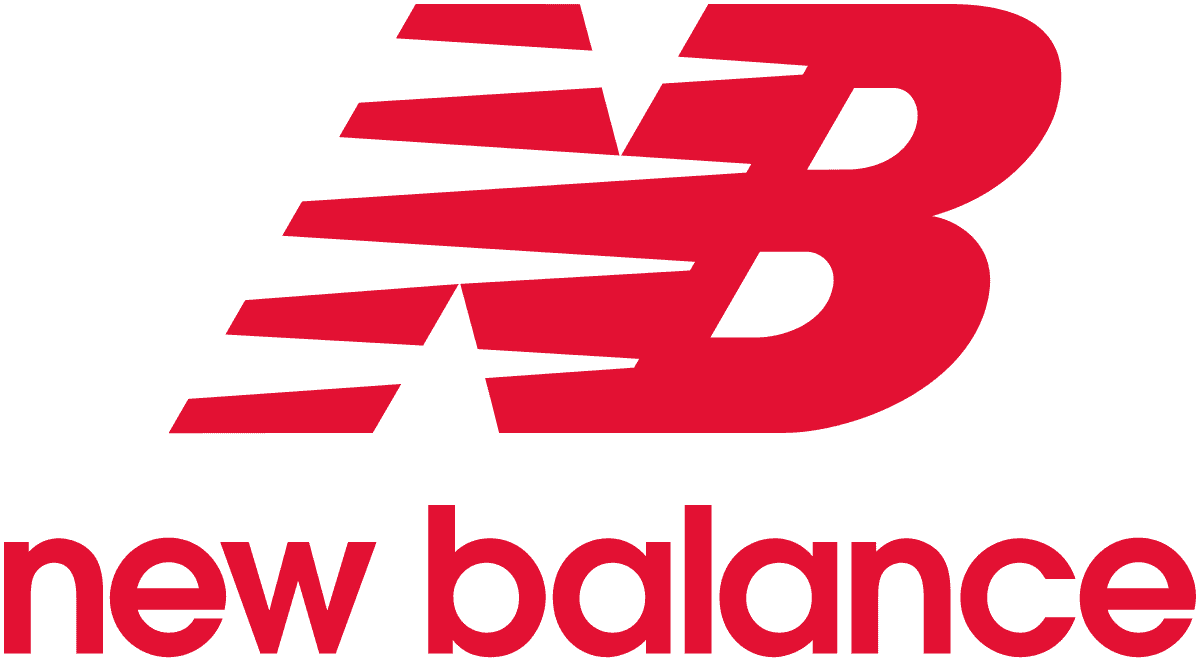



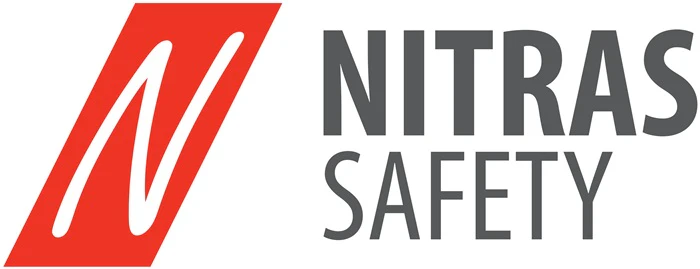





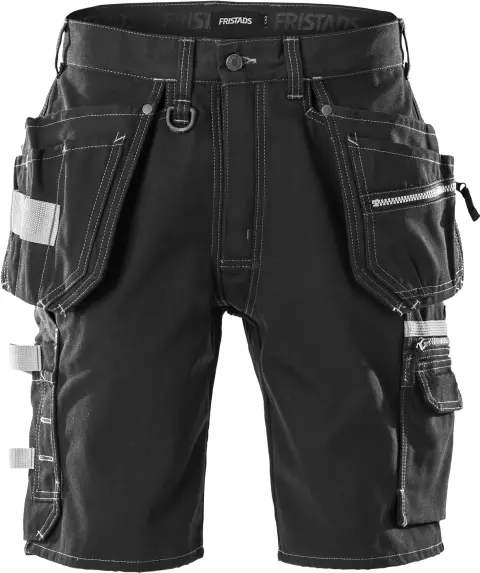
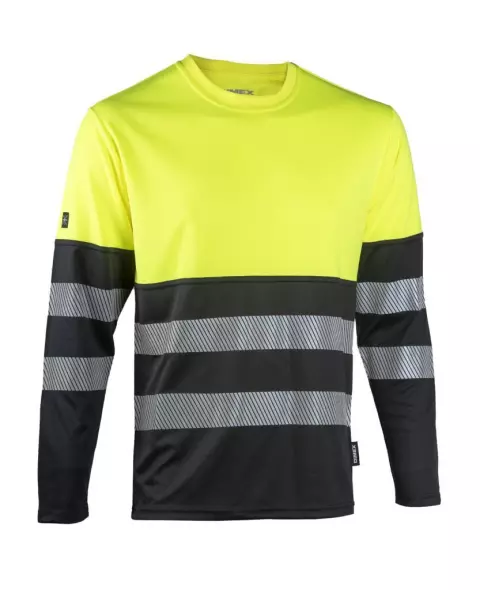
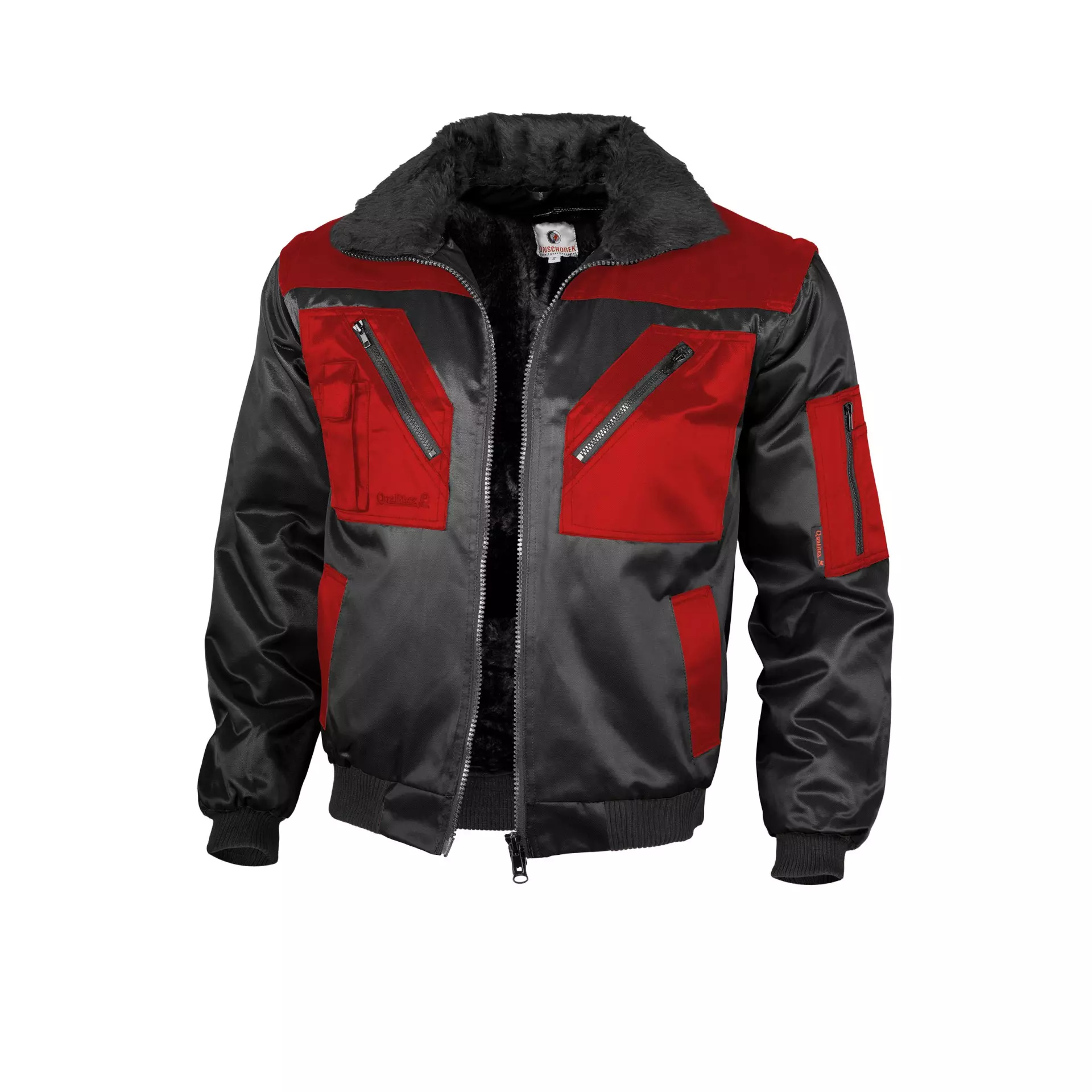
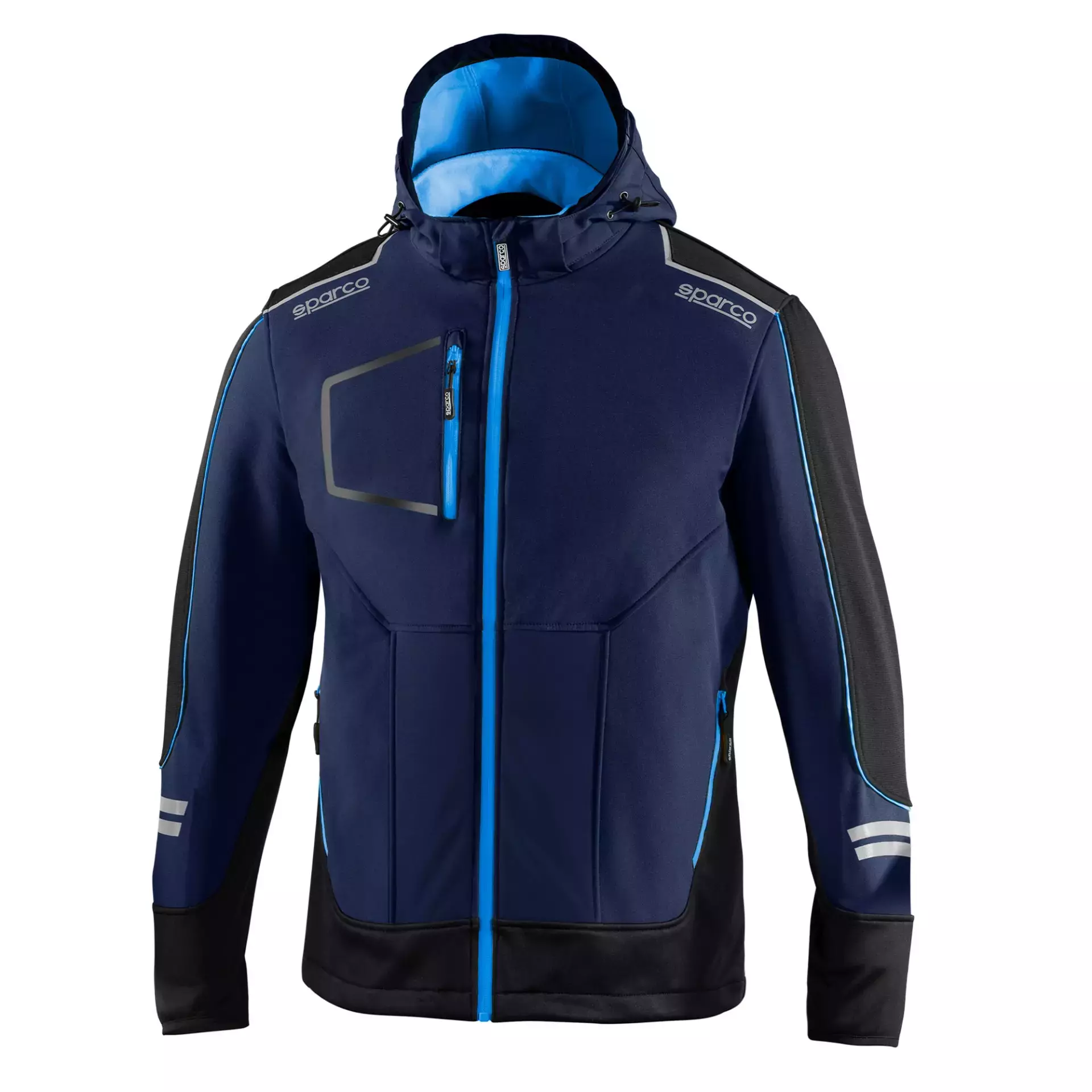





Overwhelmed by PPE options for food safety? Master your PPE selection for food workers safety with these practical tips.

Struggling to maintain clear vision in demanding environments? This guide is here to help. By the end, you’ll know exactly...
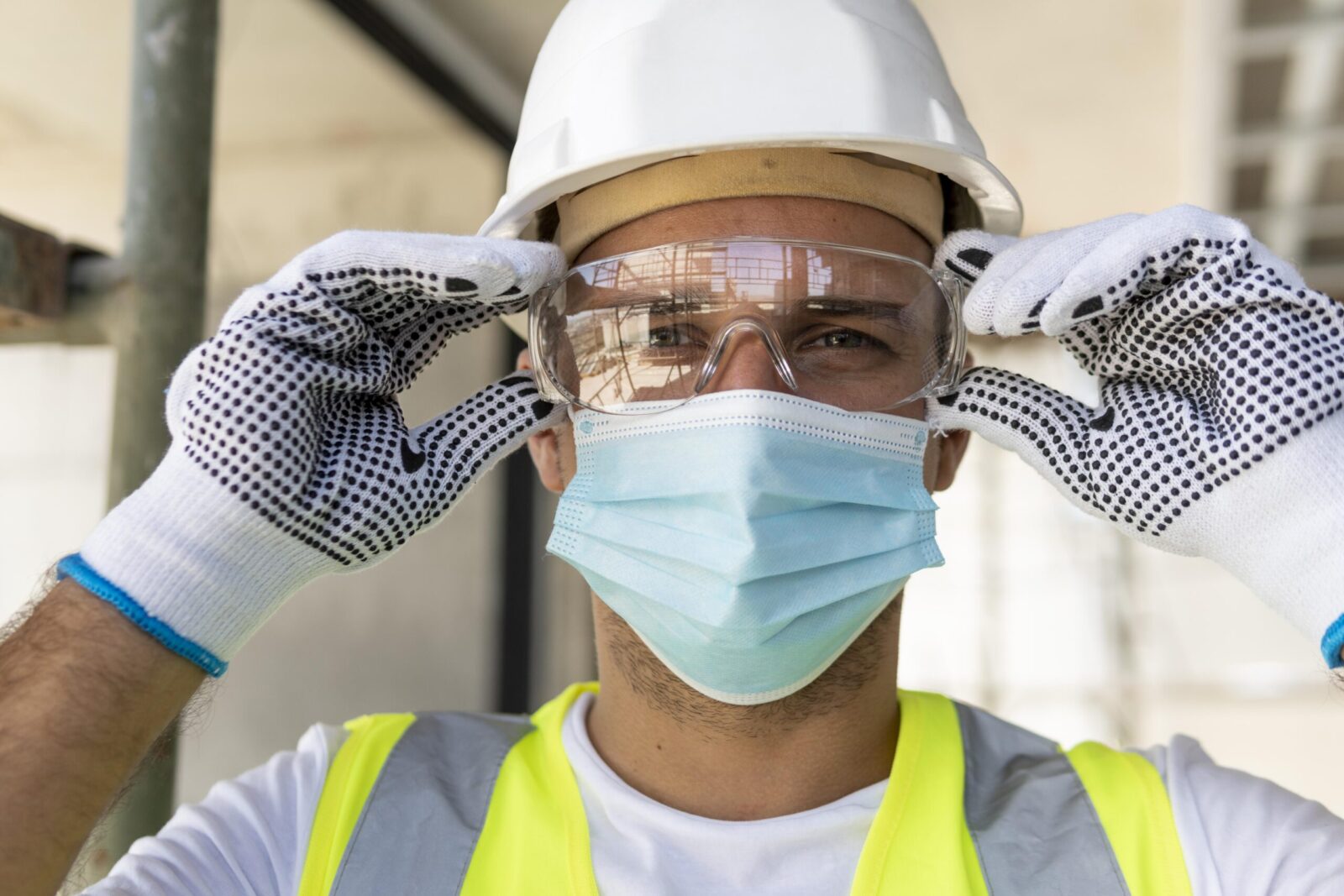
Electricians across Europe face unique challenges that require reliable safety glasses to ensure both protection and efficiency. Whether safeguarding against...

Overwhelmed by PPE options for food safety? Master your PPE selection for food workers safety with these practical tips.

Struggling to maintain clear vision in demanding environments? This guide is here to help. By the end, you’ll know exactly...

Electricians across Europe face unique challenges that require reliable safety glasses to ensure both protection and efficiency. Whether safeguarding against...
Get 20€ off on your first order!
Save 30% by buying directly from brands, and get an extra 10€ off orders over €100
Save 30% by buying directly form brands, and get an extra 10€ off orders over €100